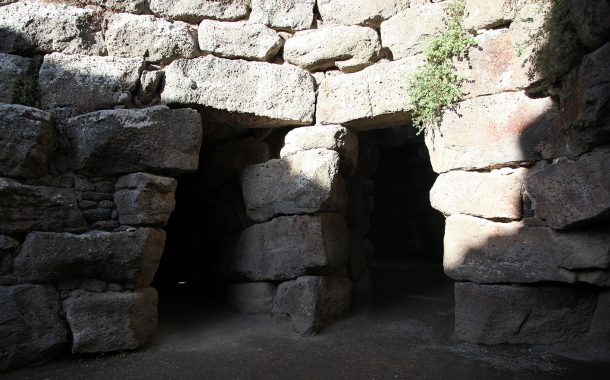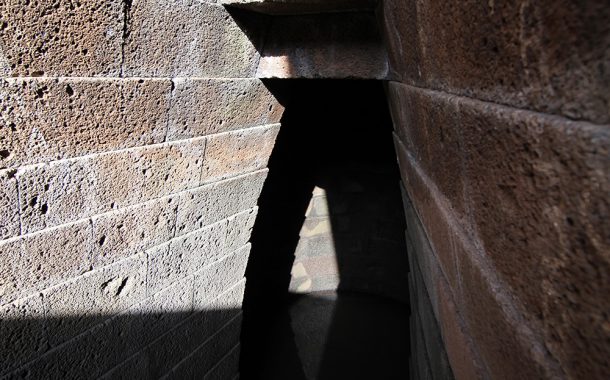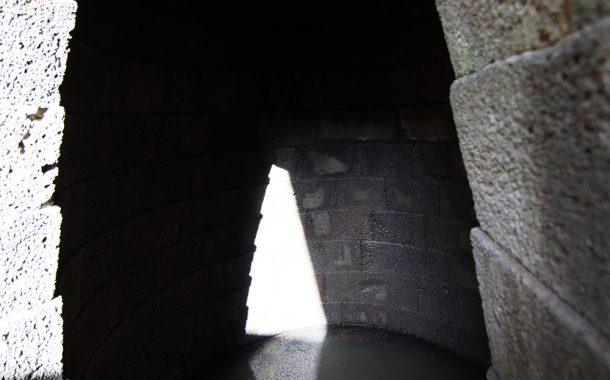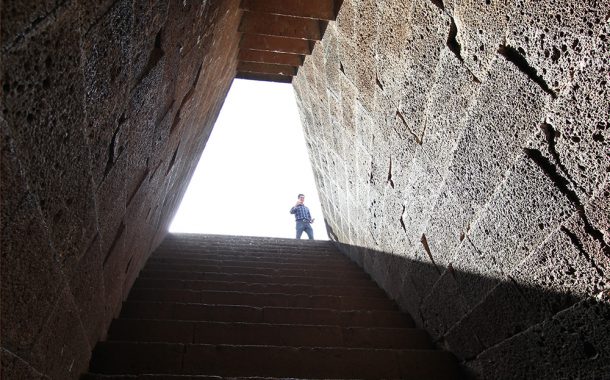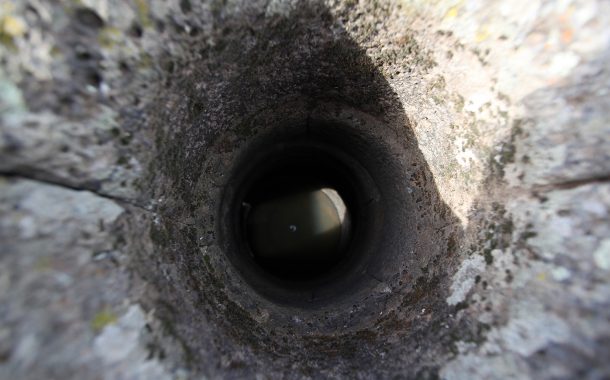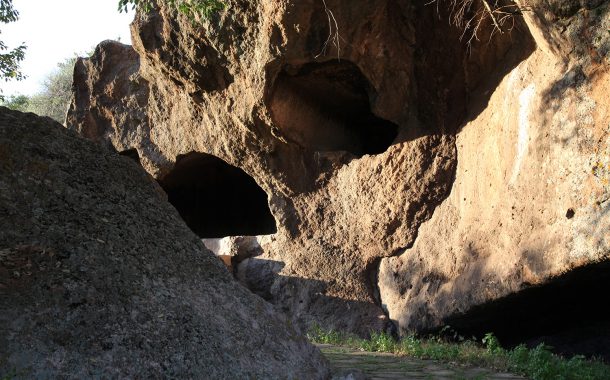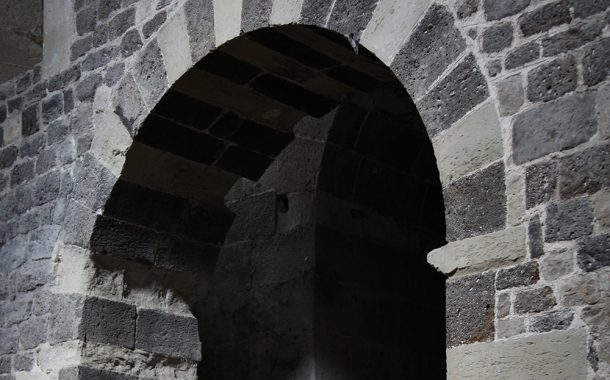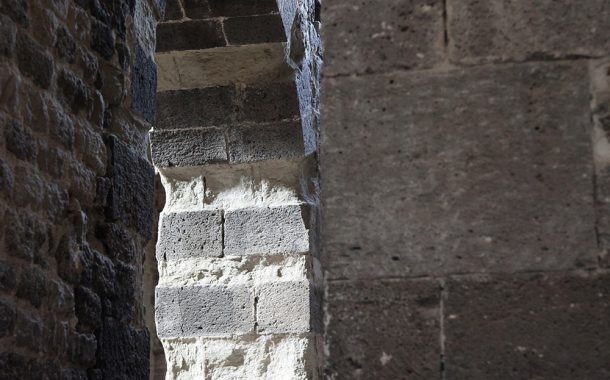Sardinian Observations
by updates@lform.com
We tend to think of indigenous Sardinian construction as robust and direct although not particularly refined. This is due in large part to the widely published images of nuraghi, the stone towers that gave name to the Nuragic Era which spanned from about 1800 to 535 BCE. It is believed that at one time there were as many as 20,000 of these constructions of massive, roughly hewn volcanic stone. Their simple geometric forms are iconic in the natural landscape. Of the approximately 7,000 that have survived, many are sufficiently intact to be experienced as buildings. There is, however, another archetypal form of masonry from the Nuragic Era. This is the precisely cut stonework of the pozzi saccri (sacred wells). Examples include the limestone remains at Perfugas and the reassembled pozzo at the Santa Cristina archeological site, about 115 kilometers from Cagliari. Here, the carefully finished blocks of stone, many non-orthogonal, generate complex geometry both in volume and surface. Built around 1000 BCE, the well itself and the walls that establish its precinct define a construction vocabulary that can be seen in Sardinian architecture for the following 2,000 years; that is emphasizing symbolic building elements by contrasting their high level of finish against a rough background. This may be seen not only in the ceremonial buildings such as churches and tombs, but also in the details of vernacular building. While this device is not unique to Sardinian architecture, there are few other places where a 3,000 year continuum is so clearly seen. Images 1, 2 Nuraghe, Santa Sarbana Images 3-5 Nuraghe, Santu Antine Image 6 Sacred Well, Perfugas Images 7-15 Sacred Well, Santa Cristina (Image 14, Aperture at top of Tholos – well chamber) Images 16, 17 Necropolis (cave tombs), Sant Andrea Priu Image 18 Santa Sarbana Images 19, 20 Ss Trinita di Saccargia Image 21 Santa Maria Regno in Andara Image 22 Duomo di San Nicolo, Sassari Image 23 Santa Catarina, Sassari Image 24 Decorated entry, Perfugas



